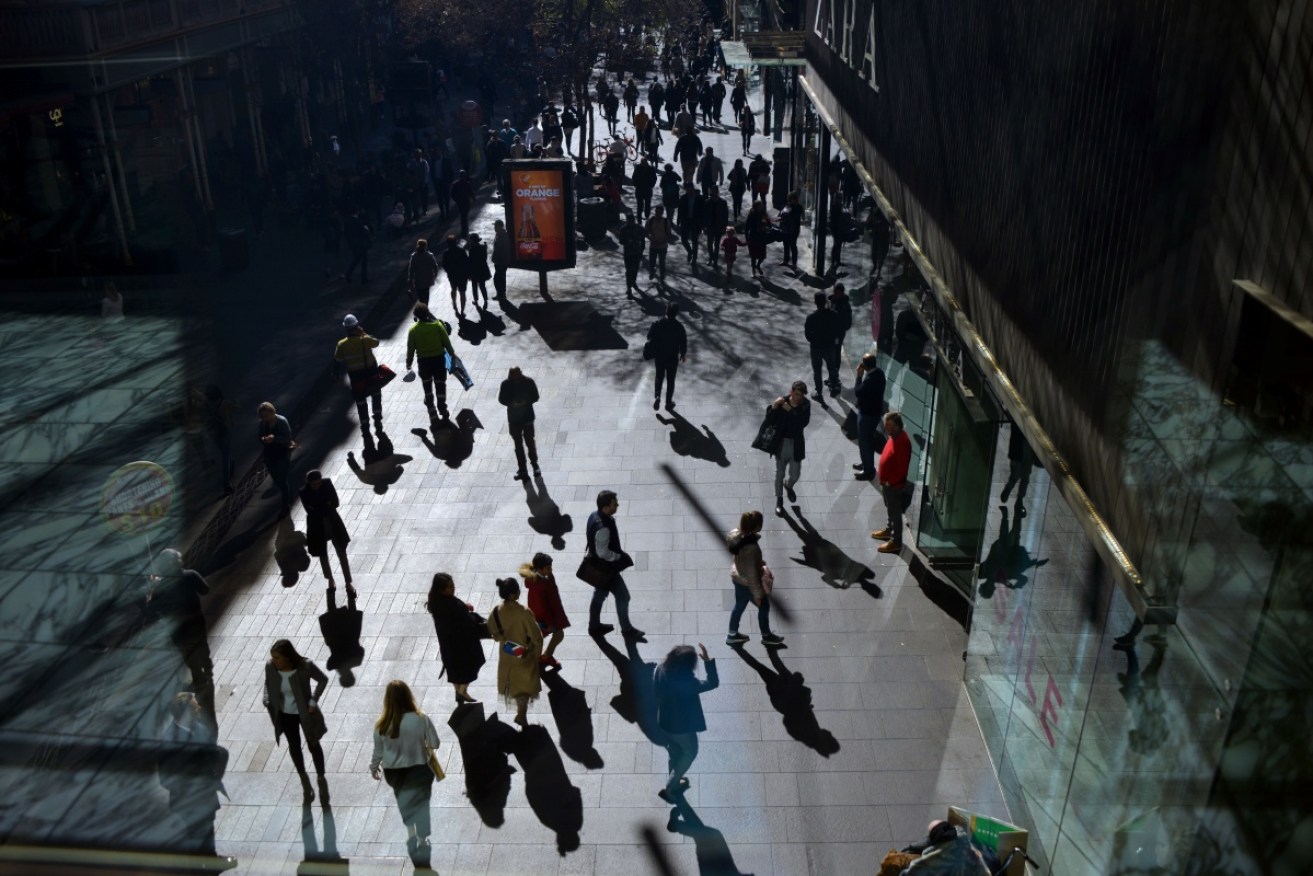Census findings to reveal the big questions confronting modern Australia


The Census allows us to see how Australians live and how they have changed, Andrew Leigh writes. Photo: Getty
In the early years after European settlement, it wasn’t called a ‘Census’, it was called a ‘muster’.
At a particular point in time, all the settlers in a community were gathered together in the same location to be counted.
Over the years the process became more formalised and in 1881, the first simultaneous Census of all Australian colonies was conducted.
It wasn’t until 1911 that the first national Census took place. Field officers travelled by horse, cart and bicycle to collect the forms. All the tabulation was done by hand.
Fast forward eleven decades, and the Census has become a mostly online affair.

Teachers and students help migrant groups and those struggling with English fill in their forms for the 2006 Census. Photo: Getty
A generation ago, Census Day was moved from June 30 to the second Tuesday in August, partly to avoid the school holidays.
But August 10, 2021 found many Australians under COVID-19 lockdown.
For citizens, lockdowns were pretty gruelling. But for the number crunchers, this could actually prove to be a boon. People had grown used to doing things online, and many respondents put more time than usual into answering the Census.
The results of the 2021 Census – due out on Tuesday – will shine a light on some of the big questions that occupy the minds of policymakers and data analysts.
Which state or territory in Australia is growing the fastest? What share of Australians self-identify as an Aboriginal or Torres Strait Islander? What has happened to the home ownership rate? How many of us are first-generation or second-generation immigrants? Are Australians still volunteering?
The evolution of the Census parallels the evolution of the nation.

Coronavirus lockdowns led to respondents putting more time into their Census answers in 2021. Photo: Getty
In 1921, the Census was first tabulated using mechanical machine equipment – reflecting an era in which Australian factories were becoming increasingly mechanised.
In 1954, women tabulated Census data for the first time, and turned out to be considerably better at it than men. A decade later, nine-tenths of the coding workforce were women.
There’s a parallel here with Margot Lee Shetterly’s book Hidden Figures: The American Dream and the Untold Story of the Black Women Who Helped Win the Space Race, which tracks three mathematicians who worked for NASA doing a job that was described at the time as ‘computers’.
As a nation, the most memorable change came with the 1967 referendum, in which a stonking 91 per cent of Australians voted to include Aboriginal and Torres Strait Islander people in the Census.
The 1971 Census was the first to fully count Aboriginal and Torres Strait Islander people.
The questions that have come and gone on the Census tell a lot about the nation too. Only once – in 1921 – has the Census asked whether a person is an orphan.
In 1933 and 1947, people were asked if they were sleeping out – as many people did during the Depression.
In 1971 and 1976, the Census asked whether the household was connected to the sewerage system – an issue that raises a smile today, but which Gough Whitlam regarded as one of his key policy achievements.

How we live continues to be a major focus. Photo: AAP
And then there’s our homes.
My maternal grandfather, who was born in a tent in 1922, would have appreciated that the Census used to ask people what the walls of their home were made from. That ended in 1981.
Until 1971, we asked people whether their homes had a bathroom, a kitchen or a television. The 2016 census was the last time we asked whether people in the household were connected to the internet.
What’s new this time around? For the first time, the 2021 Census asked whether people had served in the Australian Defence Force, or are currently serving. This will enable the nation to better understand the needs of current and former defence personnel.
The latest Census also includes a question on long-term health conditions, such as heart disease, diabetes, and arthritis – reflecting a stronger community desire to improve the wellbeing of people with these chronic conditions.
Indeed, I expect that many people will put the two new questions together, seeking to explore whether veterans have a greater prevalence of long-term health conditions.
Conducting a Census is a massive undertaking. In 2021 it required 32,000 staff, who collectively travelled more than 10 million kilometres.
Each of us took the time to fill in our details, and all of us will learn a bit more about our nation when the results are released.
Andrew Leigh is the Assistant Minister for Competition, Charities and Treasury, with responsibility for the Australian Bureau of Statistics. His website is andrewleigh.com








